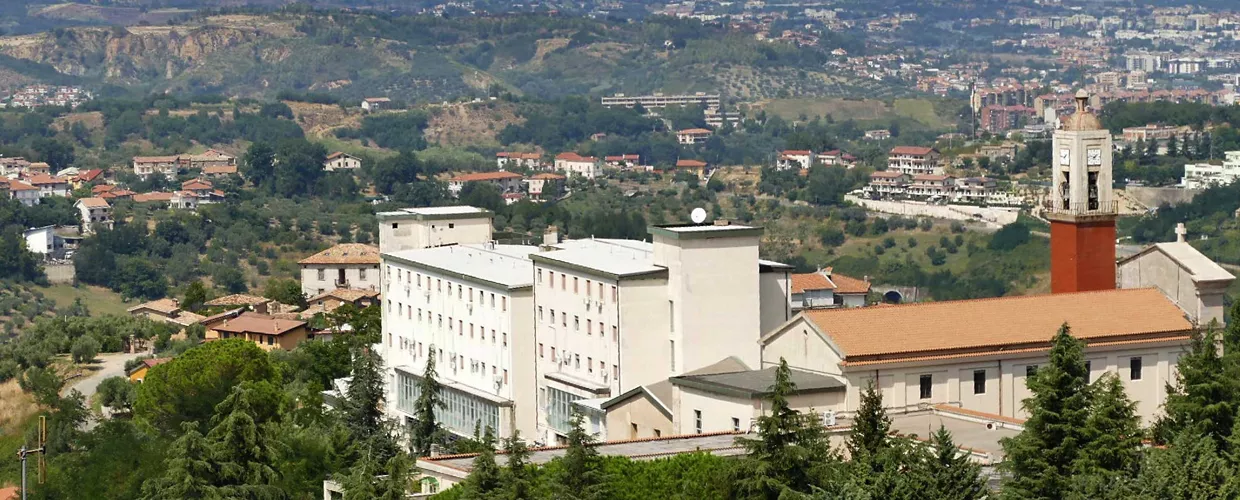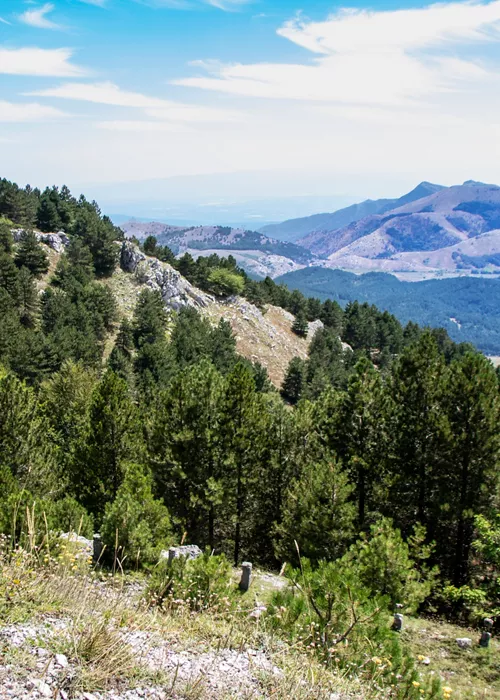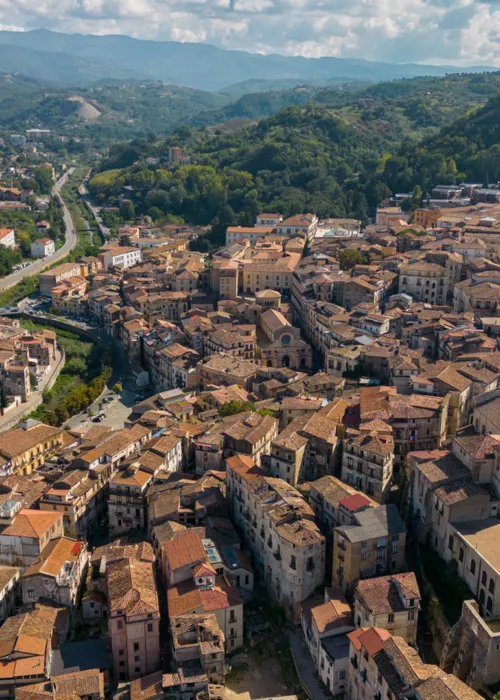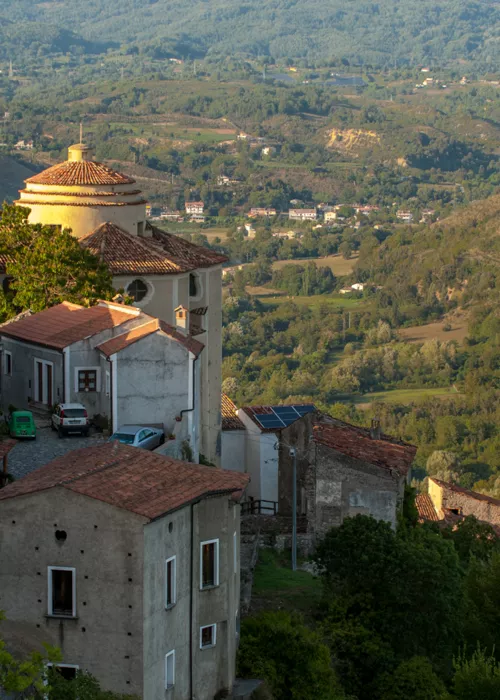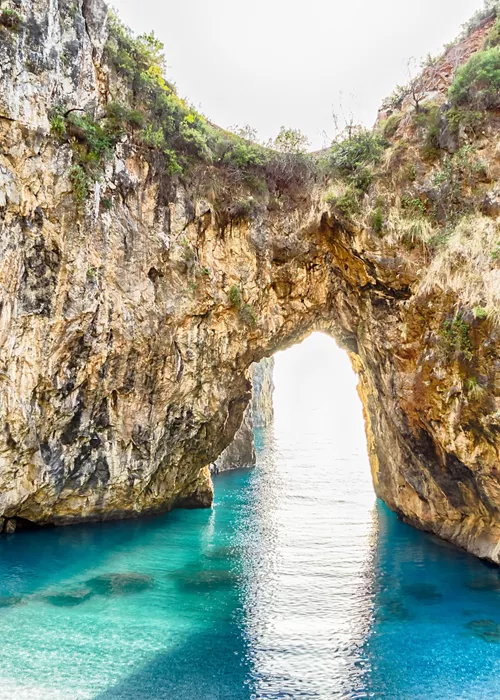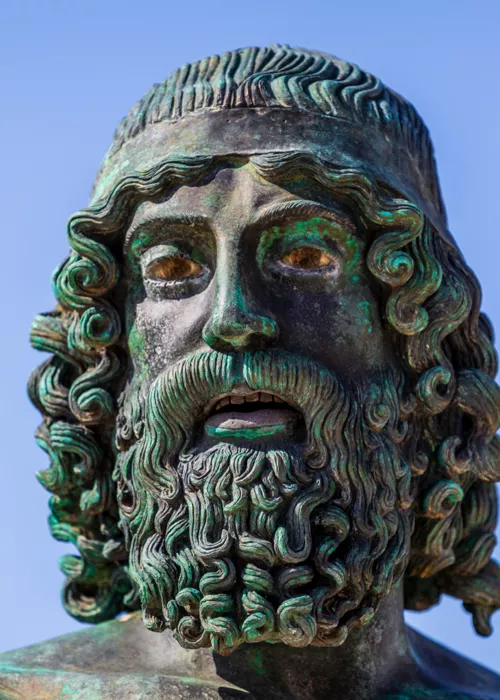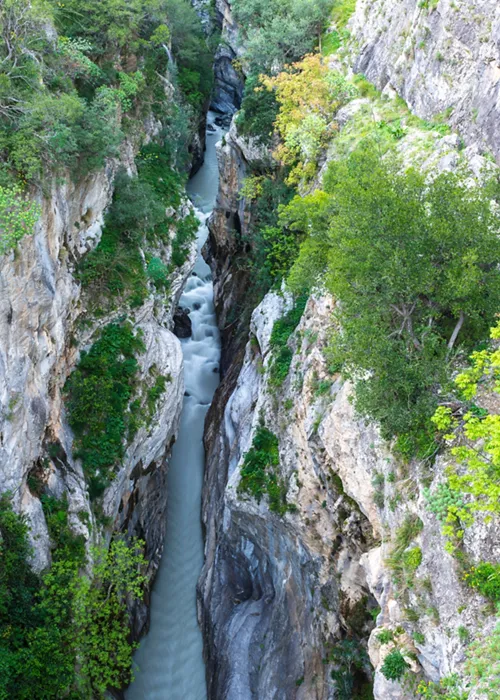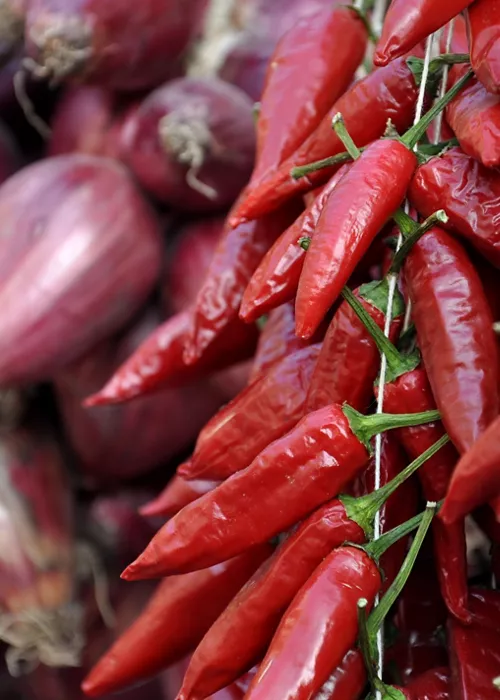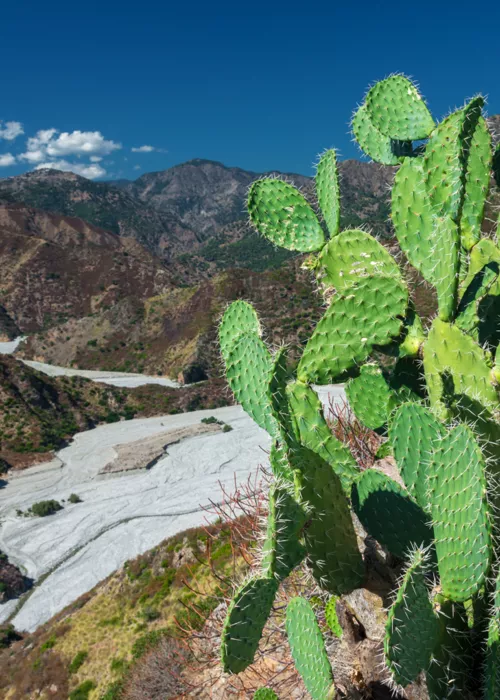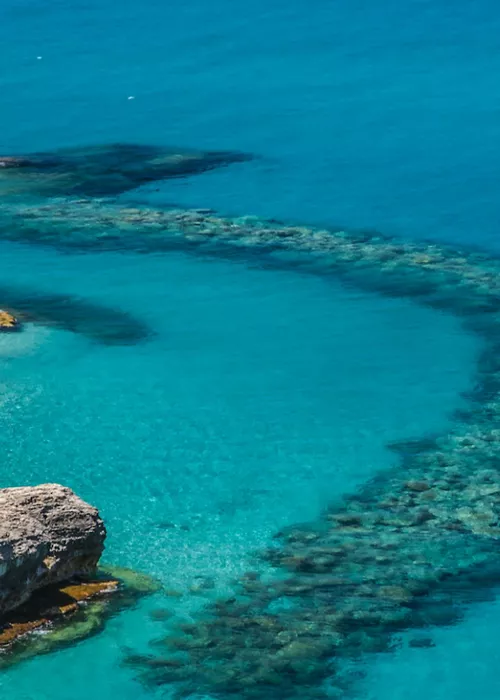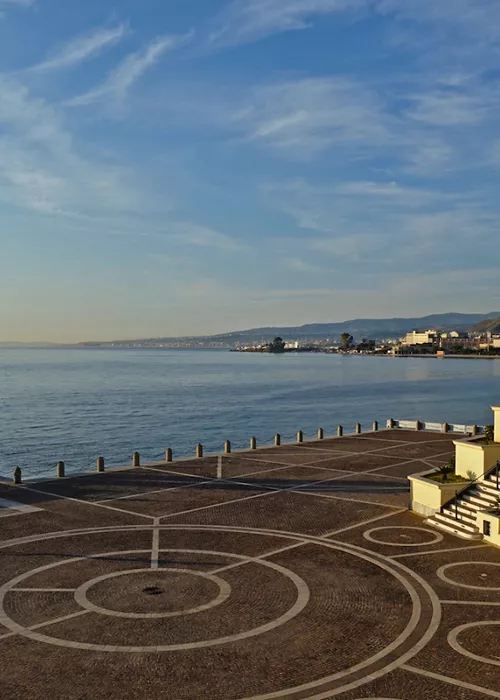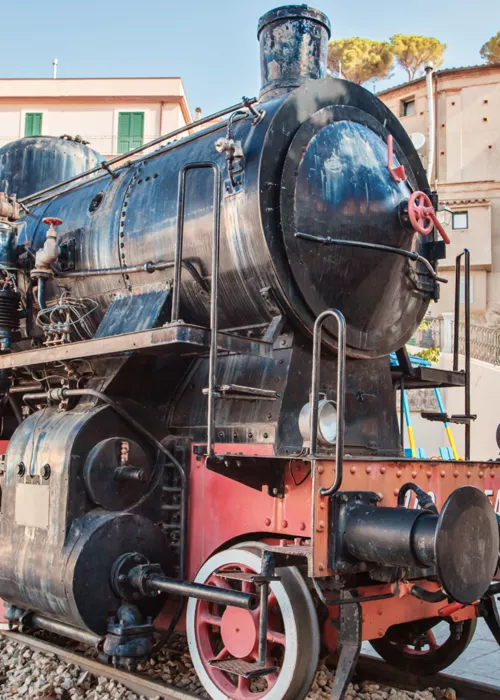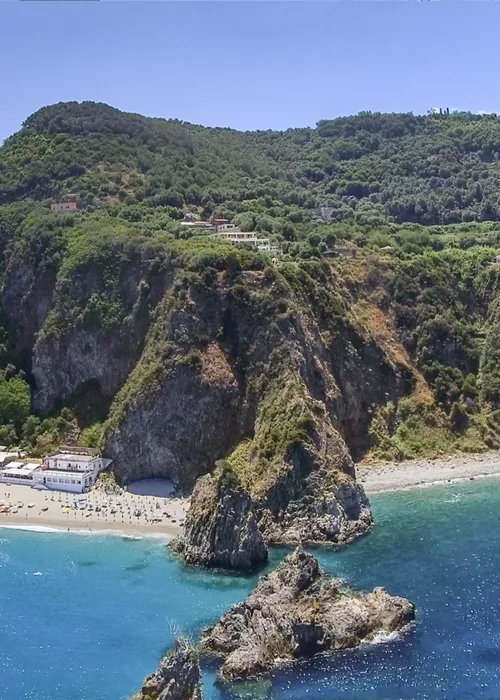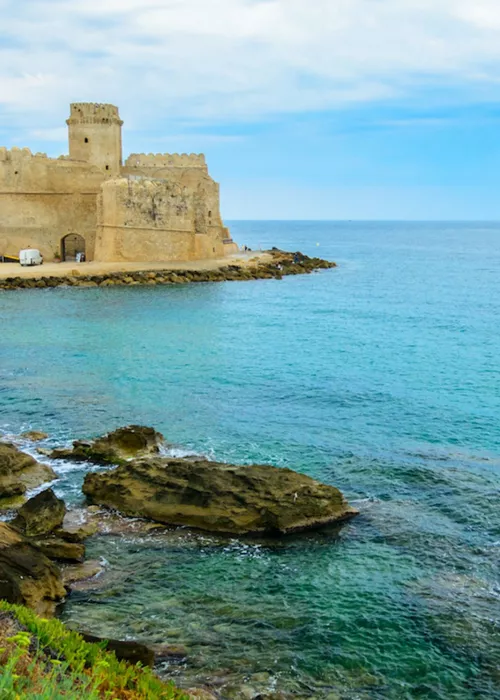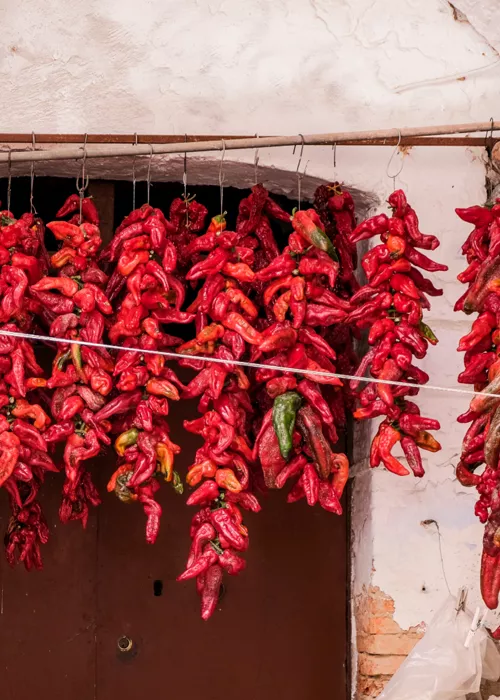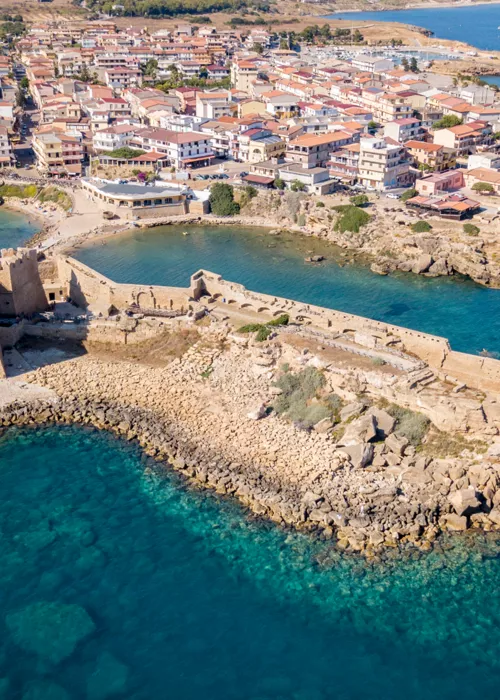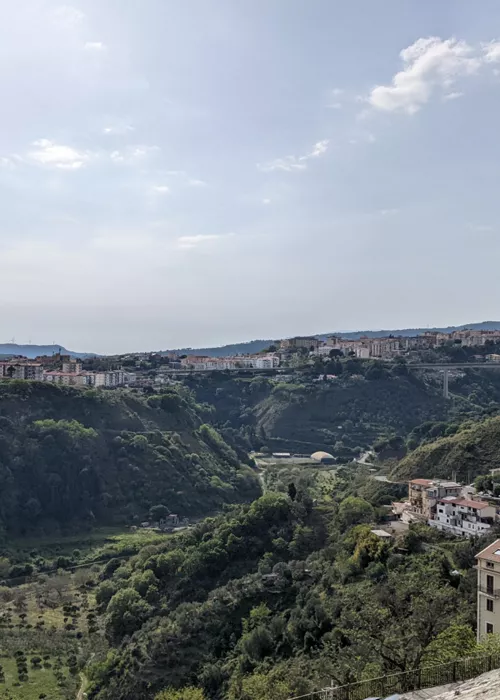Dipignano is waiting for you to discover its charm in the province of Cosenza. Located in the upper Valle del Crati in Calabria, it rises above the hilly ridge of the Paolana Apennine chain, and from its rugged cliffs, overhangs and gentle slopes, it offers enchanting views of incredible beauty.
The history and art of a timeless town
Its countless noble palaces and artistic churches give the historic centre of Dipignano a timeless charm. The Church of the Madonna delle Grazie, with the Franciscan convent dedicated to the cult of the S.S. Ecce Homo, is a stunning testimony to 15th-century sacred architecture. The church, recently restored in the Roman-Gothic style, dates to the 1500s, with a magnificent façade featuring a portico of tuff arches and an impressive bell tower. The interior, decorated with paintings and statues, leads into the crypt, which currently houses a small museum of sacred art. Here, you can admire a burial area with niches carved into the rock.
Don’t miss the Sanctuary of the Madonna della Catena (Lady of the Chain), built as a minor basilica in 1966 by Paul VI, decorated with marble and frescoes. Inside, the painting of the Madonna della Catena takes pride of place on the altar. The veneration of this Madonna dates to the 10th century, when Cosenza and the surrounding towns were ransacked by the Saracens. The painting depicts a slave chained at the Virgin’s feet, begging for freedom from slavery for the Christians and Muslims.
Strolling among crafts, food and wine
Dipignano is renowned for its copper work: its master copper workers have travelled throughout Italy since the 14th century, taking their art wherever it was needed.
It is a delightful experience hearing the rhythmic, precise beating of the hammer echo through the narrow streets as it gently shapes this noble metal.
Copper working is so important that there is a museum dedicated to it, where you can admire displays of pots, cauldrons and other utensils. It is precisely these pots and cauldrons that introduce us to the area’s rich wine and food heritage: bread-making, an age-old tradition in Dipignano; oil and wine, “torn” from the mountains by the strips of land in an act of “heroic” agriculture; and the high-altitude chestnut groves, the fruit of which enhance the typical cuisine of this town of sweetness, nature and simplicity.



